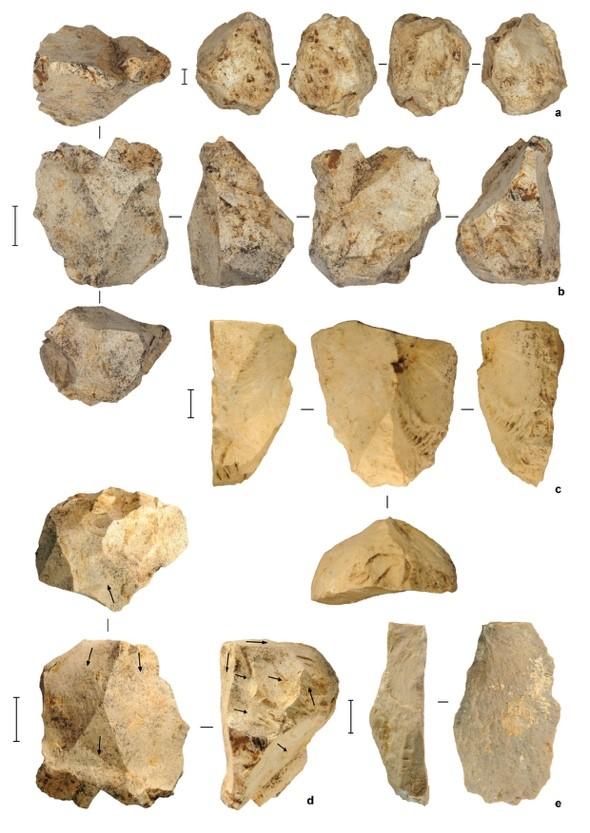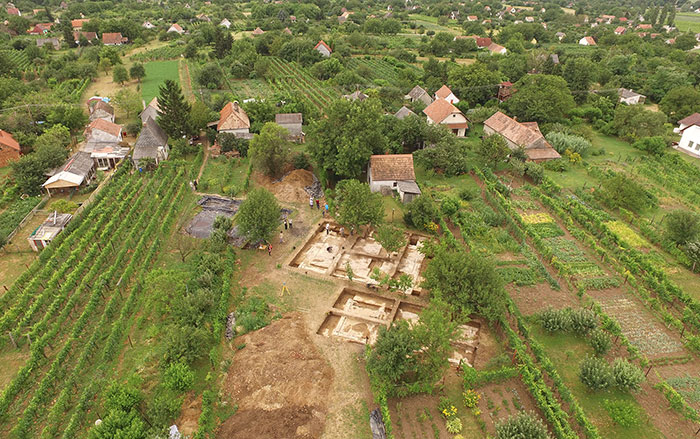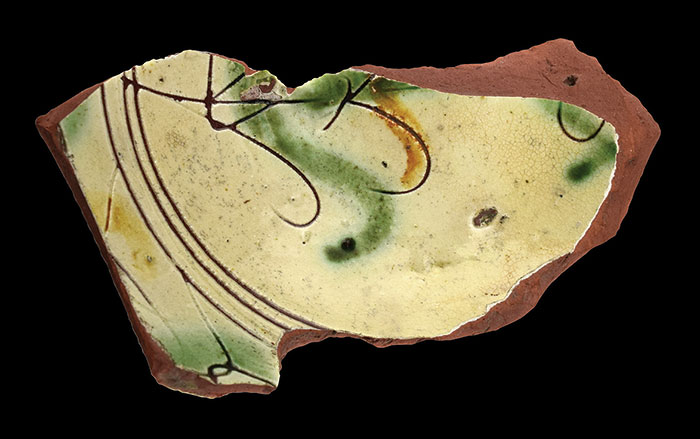
SYDNEY, AUSTRALIA—Xinhua reports that hominins appear to have reached the Indonesian island of Sulawesi at least 50,000 years ago, or at least 15,000 years earlier than previously thought. Adam Brumm of Griffith University led a team of archaeologists who conducted new excavations at the Leang Burung 2 rock shelter, and dug about ten feet deeper than previous excavations. In the deepest part of the site, the researchers found stone tools, which were dated to the time of the Ice Age through uranium series analysis, and bones of animals probably killed by the hunter-gatherers. But the lack of hominin remains means the hunter-gatherers may have been Denisovans, Homo floresiensis, or early modern humans. The excavators note that they have not yet reached the bottom of the rock shelter’s deposit. To read about earlier discoveries on Sulawesi, go to “The First Artists.”










